Way back in the mid-70s, an exciting new trend crawled its way off the streets and into our living rooms. It was grimy, intense, raw, and loud. Unfiltered and unaffected by all of the usual restrictions of the music industry – it was punk, the start of something completely new.
Like many cultural movements, the origins of punk began with images, sounds, and expressions. Punk rock was a response to something outdated – an antidote to an ego-centric and overly-produced progressive rock era. While it never quite emerged as a full mainstream movement, the sheer passion of punk helped it to find an immediate audience in the marginalised and misunderstood.
As novelty records, metal and disco music flooded the scene, more people turned to punk in search of a personality that resonated with their own. Music lovers wanted something unique and meaningful, and the movement began to grow.
“PUNK WAS A KILLER SOUNDTRACK, A RITE OF PASSAGE, A DECLARATION OF POP WAR … THOSE WHO WERE AFFECTED STILL FEEL THE FALLOUT NOW. WE’RE THE POP GENERATION THAT REFUSES TO LIE DOWN. A GENERATION STILL SEEKING SOMETHING OUT THERE.”
John Robb – Bizarre magazine Feb 2001
Over the years, punk made such an enduring impact on the world we live in today, that there are still people that continue to classify themselves by the punk style today. Though there may be fewer mohawks on the streets and grungy punk makeup in nightclubs, the spirit of punk and what it stands for lives on.
In fact, the punk mindset of disruption has even transformed the branding environment. Though many punk musicians and rock artists would sneer at the thought of being linked to something as commercial as branding, it’s hard to ignore the way this movement has changed the world we live in, all the way from fashion, to marketing.
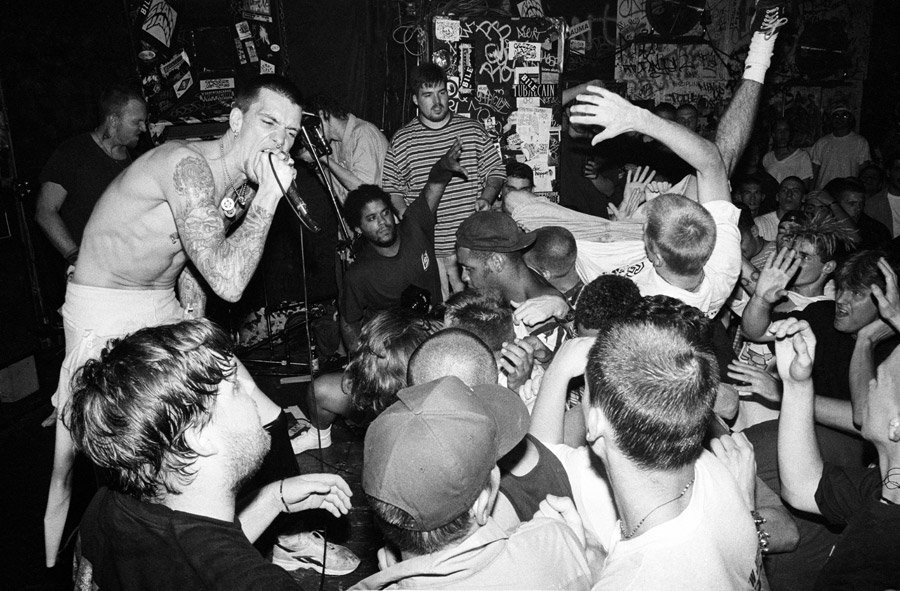
The history of punk: What is punk and punk culture?
Punk began life as an artistic movement. It was a cultural expression of angst, emotion, and volume. People were sick of the problems of the day being painted over. They felt tired of the commercialism in the world and wanted to bring their society back to the reality of real, raw human life through fashion, hairstyles, and music.
By the 1990s, punk became something of a commodity, with My Chemical Romance, Green Day, and other Punk Goes Pop brands becoming household names. Though there are often arguments about what constitutes real punk rock, the consensus is that if something goes against the status quo and stands for something real – then it’s punk.

Strangely, the history of punk as we know it remains largely unwritten. There are plenty of books and autobiographies out there that try to conceptualise the meaning of punk into something clean and easy-to-understand. Yet the very nature of this movement makes it impossible to refine. There’s something distinctly messy about the punk culture – regardless of whether you’re talking about the punk and disorderly brands of the day, punk, and politics, or even the history of punk itself.
What we do know, is that the punk rock music genre began somewhere in the United States, rooted in the “garage rock” sub-culture. The idea was that people could make a noise regardless of their technical skill, and people would still listen. After punk rock bands began to emerge in New York –like The New York Dolls and The Ramones – punk moved over to London and transformed the streets with the help of icons like Vivienne Westwood.
At its heart, the origins of punk began with a passion to achieve something undeniably real. Punk responded to the gritty realism of the politics and socioeconomic cultures of the day. It grabbed society by the head and shook it into taking notice with bright colours, crude remarks, and insane hairstyles.
The pioneers of punk – even if they didn’t want to – changed the world as we know it. Not only did they introduce a brand-new subculture and musical scene, but they also had an impact on fashion, politics, and performance art too. While everyone seems to have their own definition of what punk means, the versatility of the movement also means that punk can be found in many different places, all over the world. Few revolutions have ever had the permeation of punk rock.
Punk fashion: How punk design changed the way we look
There’s more to the history of punk than music. The 70s punk movement launched an evolution in high street fashion, hairstyles, makeup, media, and politics. Everywhere punk culture went, it left an imprint behind.
“It’s true the punk fashion itself was iconographic: rips and dirt, safety pins, zips, slogans, and hairstyles. These motifs were so iconic in themselves – motifs of rebellion.”
Vivienne Westwood
Like any kind of alternative fashion, punk clothing began as a reaction. Punk style stood up against capitalism, conformity, and “the establishment” – whatever that meant. Aesthetically, punk hair and clothing rebelled against the relaxed hippie movement and sparkly shine of disco. While America took a little longer to shed the trends of long hair and cotton clothing, England found its very own punk meaning fast, in Doc Martens, tight jeans, and dark colours.
At least from a punk fashion perspective, the origins of the movement are usually traced back to King’s Road, where Vivienne Westwood – school teacher turned fashion designer, opened her boutique “Sex” with boyfriend Malcolm McLaren. Vivienne Westwood punk became the aesthetic of the era, with ripped t-shirts, erotic images, and provocative, shocking clothing.
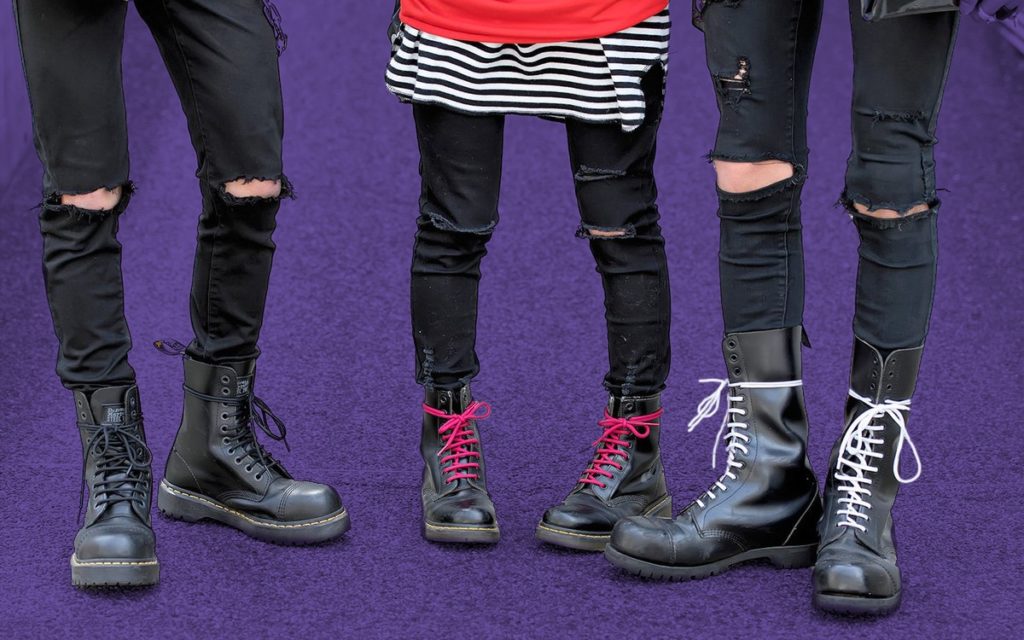
Since then, the meaning of punk clothing has changed somewhat. Many of today’s younger fashion enthusiasts still think that an ear gauge from Hot Topic classifies them as punk. While Vivienne Westwood might have manufactured the first punk fashion icons, punk isn’t a commercial concept. It’s not something that you can buy from a store. Punk hairstyles, from the mohawk to the brightly-coloured spikes of the 70s, wasn’t something you could pick out from a hair catalogue.
Even punk makeup, with its bright colours, dark lines, and dangerous shades was something unique to everyone who wore it. In a sense, punk was and is a chameleon that changes to suit the needs of anyone who embraces it. There’s no single definition, yet we do have ideas of images that are inherently punk.
No matter what you think you know about the history of punk, there’ll always be pictures of pierced, shaven, men with ripped shirts and doc martens that are classified as punk. While punk fashion might be scrubbed clean of some of its political messages by the time it hits the stages of New York fashion week, 70s punk fashion was always political in nature. If you can claim your clothing makes a statement or stands up to “the man” – then congratulations, you’re punk.
Punk and politics: When punk goes political
Politics make up an important part of the punk culture – though they’re often overlooked by people trying to replicate the look. During the 70s punk emergence, the UK was in a time of open conflict and discomfort. Leaders of commercial strikes were being sent to prison, and teenagers were starting street wars against each other – sometimes killing friends in the process. There was an overwhelming rise against the police, and women were still battling for equal rights as the working class struggled to have their voices heard.
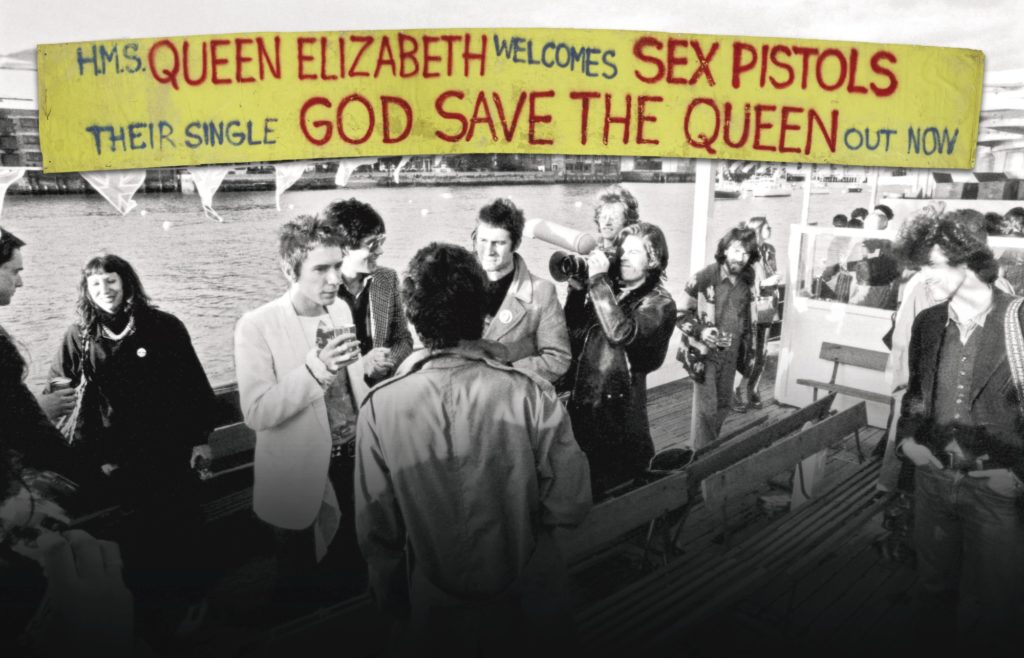
When it comes to punk and politics, it’s easy to forget the anger and pain that caused the punk movement to come to life in the first place. While punk fashion and punk makeup might be a way for people to stand out today, it was a necessity for groups who felt they couldn’t be heard without doing something drastic. These original punks embraced the extreme in their own personal brands because they were standing for something, representing something raw and real.
Punk also aligned itself with socio-political movements early on, with The Clash, The Ruts, Tom Robinson Band, Sham 69 and Stiff Little Fingers playing gigs in support of Rock Against Racism in the UK in 1978-79.
Since its inception, punk and politics have gone hand-in-hand. The genre positioned itself with a rejection of the political idealism from day one – whether it was through the Sex Pistols taking over the Silver Jubilee of Queen Elizabeth the 2nd, or the Dead Kennedy’s declaring the governor to be a fascist pig with their first single.
As the punk and disorderly icons of the day began to get older, and punk evolved over the years, it split up into different sub-genres with different ideologies. Hardcore punks remained in one corner, fighting against injustices with anger and violence, while other, less aggressive punks embraced the punk pop genre to reach a wider audience.
Punk culture today: From Punk Goes Pop to Punk IPA
Even if punk never did emerge as a full mainstream movement, we still remember it today.
The reason that punk culture today is still a pervasive force, is that the foundations of punk exist in doing something different. When people rise up against the status quo, they stand out – and that’s something that’s hard to forget.
In a time when most people were following suit with what everyone else was doing because it was simply the least risky thing to do – punk culture said “No” and went in the opposite direction instead. This is the exact approach that you should be taking with your business too if you want to be one of those all-important challenger brands.
The punk brands we see today are all about doing something that sets them apart from their competitors – something that makes them unique, and distinctly “punk rock”. After all, when you just follow the cloud, you set yourself up to blend in with a sea of people all competing for the same customers as you. When everyone is going in the same direction, you’re left with no way to really make an impact on the right people.
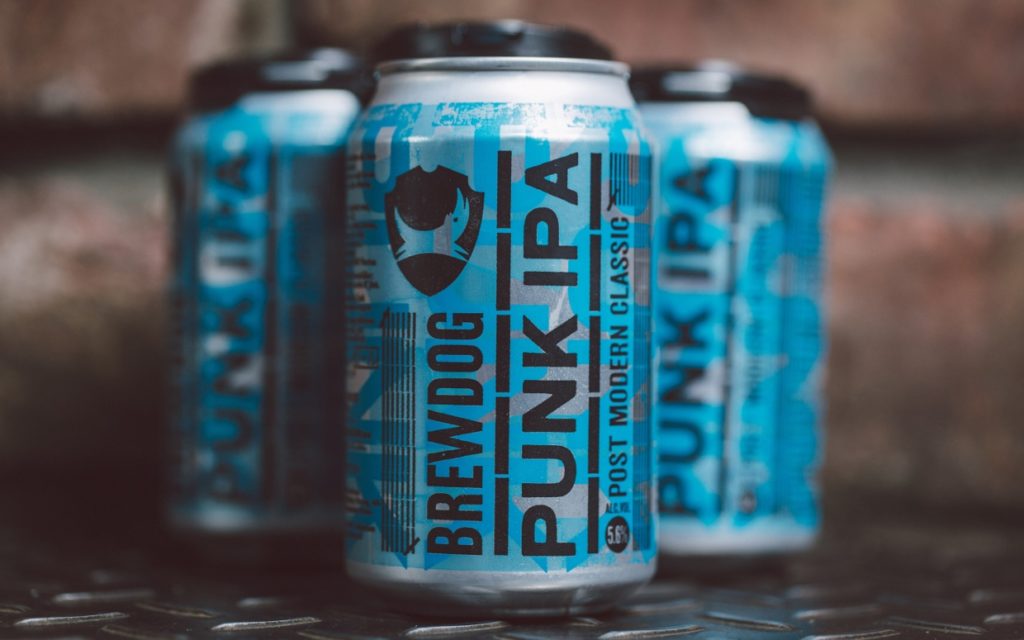
Channelling your inner punk rocker could be the key to success.
Just look at Brewdog for instance – everyone’s favourite punk rock brand. Now here’s a company that’s not afraid to stand out and go against the flow. Being such a combative company has meant that BrewDog has earned no shortage of controversy over the years, but this attitude has also helped it to earn an army of fans that are truly invested in what the company has to offer.
In fact, some fans are literally invested – with their very own shares in the firm. By creating an idea that stands up against outdated standards – just like 70s punk did, BrewDog has established a brand that people genuinely want to stand behind.
Embrace your inner punk rock icon
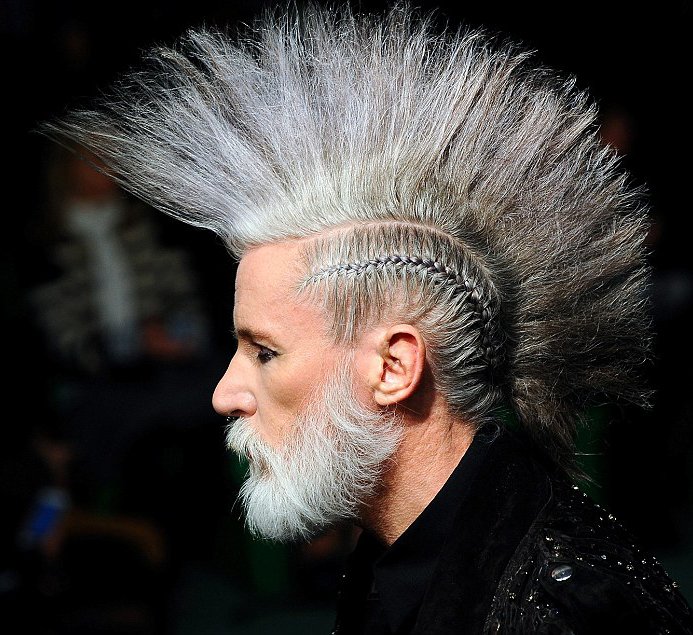
At the end of the day, punk is so much more than a music genre or a style of clothing.
The influence of punk goes beyond any pre-defined guidelines. Instead, it’s come to represent a range of cultural ideologies and concepts. While some people clearly take punk the wrong way and use it as an excuse for their anger and rage, others embrace the hope and passion in punk to drive them towards their goals.
From the primal surge of a new music scene, punk has emerged as a vein that courses through everything in the modern world, from politics to art, and culture. It affects people throughout the world, changing the way we think, and the way we feel.
The very word “punk” has come to mean something associated with rebellion and subversion in its many different forms. At this point, it seems that we’ll never find another muscle genre or ethos with the same pervasive nature of punk.
“This article is reproduced by kind permission of Fabrik Brands”

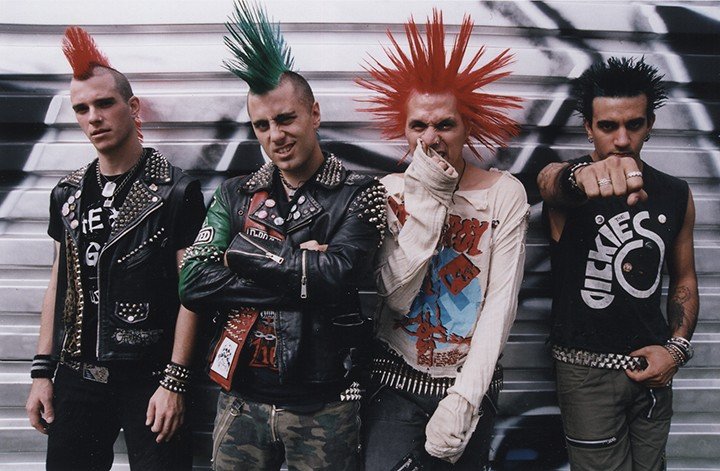

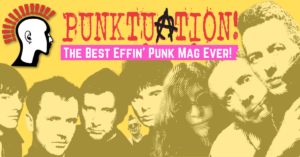 Did you know that we are 100% DIY? We run our own game. No one dictates to us, and no one drives what we can or cannot put on our pages – and this is how we plan to continue!
Did you know that we are 100% DIY? We run our own game. No one dictates to us, and no one drives what we can or cannot put on our pages – and this is how we plan to continue!